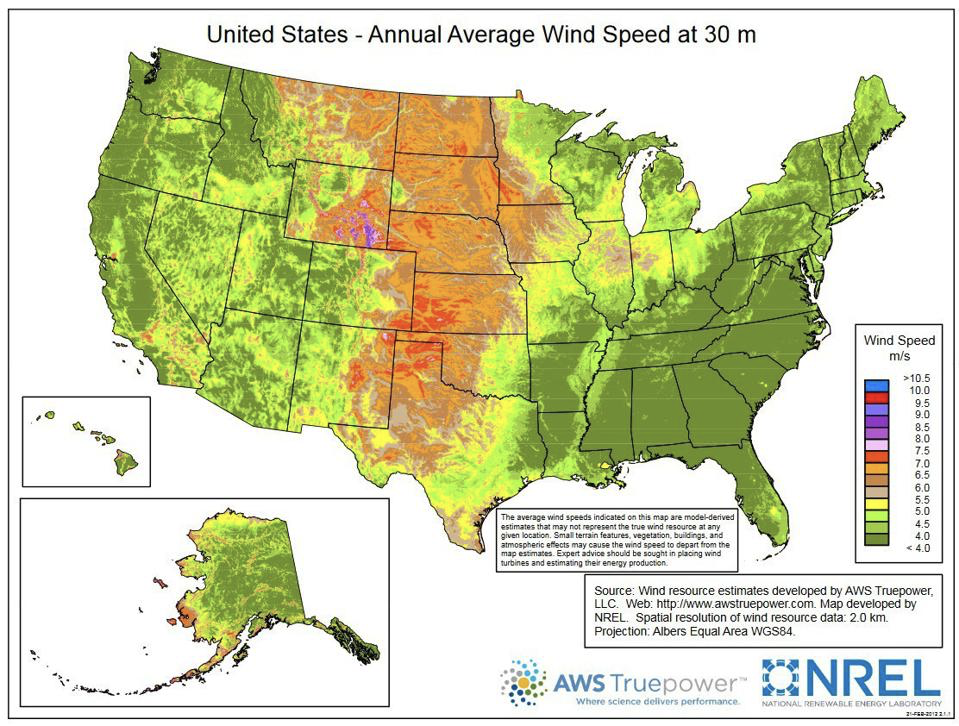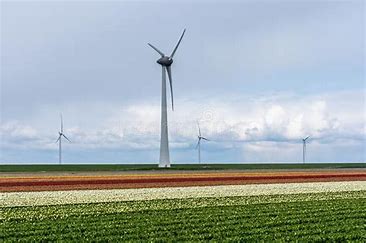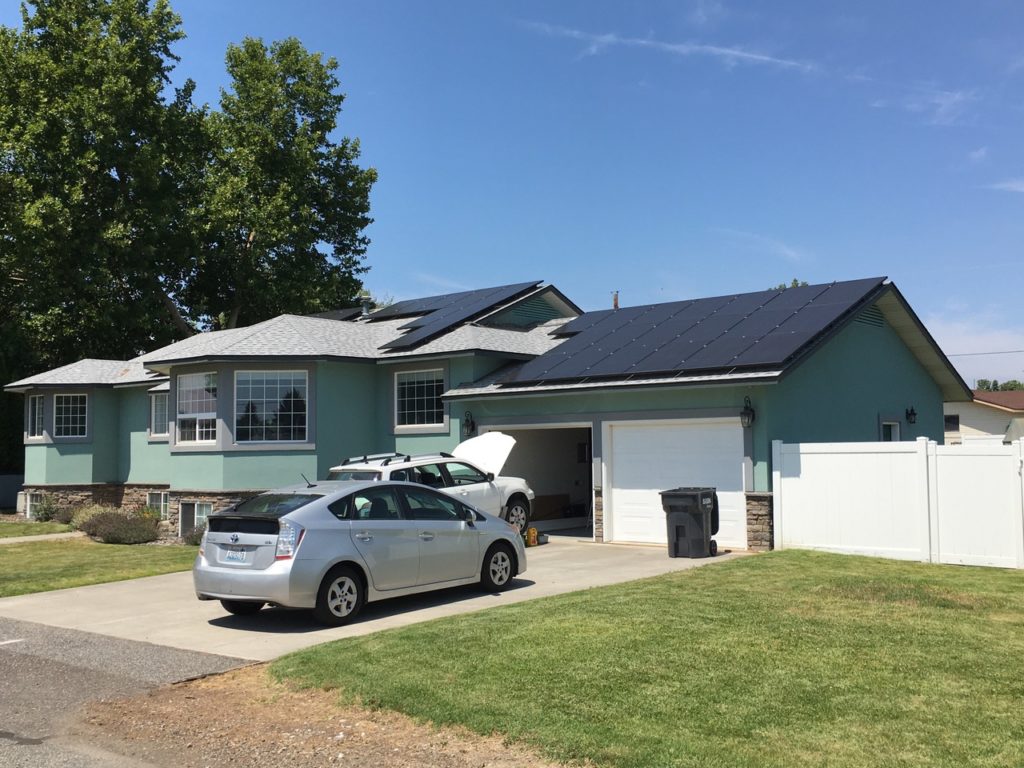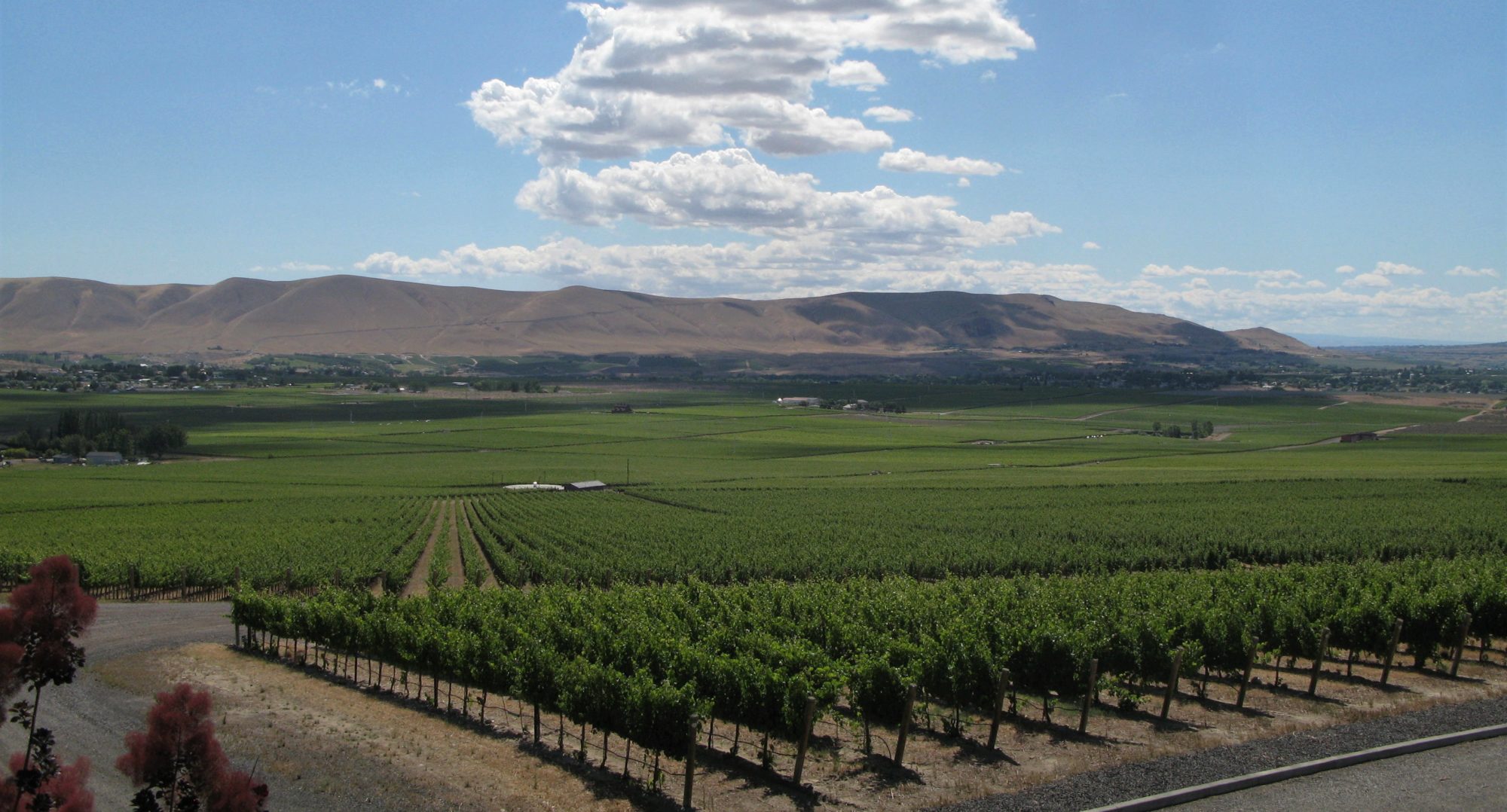Building a Wind Farm in the Right Place
The Horse Heaven Hills is not a good place to build wind farms; Tornado Alley is the optimal place for wind turbines in the United States (see figure below where average wind speeds exceed 6.5 m/s), pushing capacity-factor-a-measure-of-reliability to > 50%. It has made wind the second largest generator of electricity in Kansas, South Dakota and Iowa, where they actually displace coal power.

Spacing and Size
The Distance between wind turbines and their height make a big difference on how they impact the landscape. Placing them in close clusters on ridges may make economic sense and might provide greater efficiency but it destroys the natural environment. Any engineering project of this scale needs to carefully balance the different requirements.

Other Renewable Energies
Solar energy has become very competitive in price and might soon be cheaper than wind energy when the subsidies stop. Solar panels can be mounted on rooftops and are turning every roof into a miniature power plant. They blend in with residential housing- no need to destroy large stretches of ridges and hills with giant wind turbines.

The Desert Sunlight Solar Farm is a 550 megawatt photovoltaic power station approximately six miles north of Desert Center, California, in the Mojave Desert. It is a lot less visible and destructive of the environment than wind farms placed on hills and ridges.
According to EcoWatch, roughly 50% of California’s electricity demand was met by renewable energy. The federal Energy Information Administration (EIA) estimated that on March 11, between 11am and 2pm, forty percent of the electricity on the state’s grid came from solar. When other clean energy sources were factored in, clean accounted for 55% of the state’s total energy production. The abundant source of solar energy in California this last winter and spring drove wholesale energy prices to zero or negative at certain hours.

 Users Today : 14
Users Today : 14 Users Yesterday : 10
Users Yesterday : 10 Users Last 7 days : 91
Users Last 7 days : 91 Users Last 30 days : 335
Users Last 30 days : 335 Users This Month : 300
Users This Month : 300 Users This Year : 1309
Users This Year : 1309 Total Users : 11927
Total Users : 11927 Views Today : 52
Views Today : 52 Views Yesterday : 16
Views Yesterday : 16 Views Last 7 days : 247
Views Last 7 days : 247 Views Last 30 days : 678
Views Last 30 days : 678 Views This Month : 622
Views This Month : 622 Views This Year : 3679
Views This Year : 3679 Total views : 22513
Total views : 22513 Who's Online : 0
Who's Online : 0